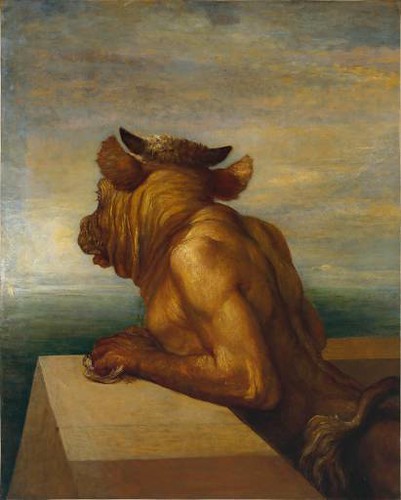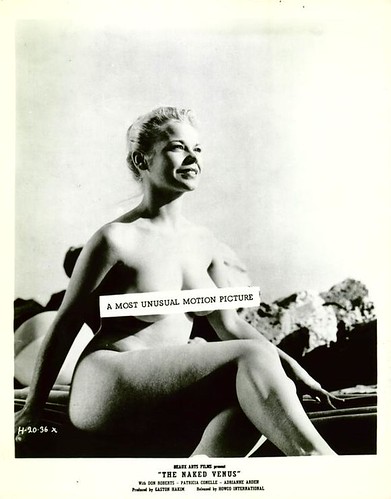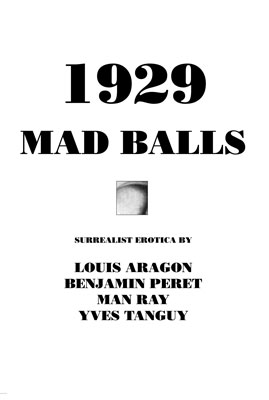Introducing Alva Bernadine and icon of erotic art[1] #39
Back in the day, when I was still editing Jahsonic.com, I had amassed a list of erotic photographers I thought were important. The list consisted of Alva Bernadine, Gilles Berquet, Guy Bourdin, Steve Diet Goedde, Nan Goldin, David Hamilton, Irina Ionesco, Richard Kern, Doris Kloster, Eric Kroll, David LaChapelle, Sally Mann, Robert Mapplethorpe, Steven Meisel, Carlo Mollino, Helmut Newton, Man Ray , Bettina Rheims, Paolo Roversi, Thomas Ruff, Jan Saudek, Jeanloup Sieff, Romain Slocombe, Roy Stuart, Jock Sturges, Ellen Von Unwerth, Trevor Watson and Theodore Zichy.
Today is the day to introduce Alva Bernadine, a man whose work is a fusion of the erotic and the surreal.
Alva Bernadine (born June 17, 1961) is a British photographer born in Grenada, West Indies, and brought to London at the age of six. He is self-trained and has photographed for Vogue, GQ, Elle and others. Winner of the Vogue/Sotheby’s Cecil Beaton Award, he was also twice nominated English “Erotic Photographer of the Year.” His book Bernadinism: How to Dominate Men and Subjugate Women was published by Stemmle in 2001 with text by Nerve cofounder Genevieve Field. His work is self-admittedly inspired by Guy Bourdin, shows influences of the Distortions series [2] by Hungarian photographer André Kertész. Bernadine describes himself as an anti-portrait photographer, since he rarely shows faces, which gives his work that distinct forniphilia/sexual objectification* look. A recurring theme in his work is the mirroring of a female from the waist up/down[3][4].

The Philosopher Illumined by Candlelight – Alva Bernadine (image used with permission of author)
I’ve chosen his work The Philosopher Illumined by Candlelight as the current icon of erotic art. The photo depicts a man in a suit sitting in a darkened bedroom reading by candlelight. The lighted candle is protruding from a woman’s vagina. The picture has elicited comments of sexual objectification and misogyny. Objecters find more “proof” of Bernadine’s “misogyny” over here[5].
On the accusations of misogyny he says:
“I don’t really think about that [accusations of misogyny],” he declares. “Normally, I get an idea for a picture and if I can’t think of a good reason not, I take it. I can’t censor my own stuff.”
“That doesn’t bother me much, … you bring your own experiences to a picture. Sometimes I am surprised at the way they’re interpreted, but every opinion is as valid as mine because I haven’t usually formed an opinion before I’ve taken the shot. It’s only later that I work out the ramification. My work isn’t about subtlety. I need a reaction. It’s better to be a bad influence than no influence at all.”
On his inspiration for Illumined Bernadine commented:
“I once listened to a late night BBC Radio 4 programme called Sex in the Head where people described their sexual fantasies and on it a woman described how she enjoyed her partner reading his newspaper by the light of a candle placed in her vagina.
The image stayed in my head and 2 or 3 years later I was able to find a couple who agreed to model for the picture.”
You can find more by Bernadine at:
*In the forniphilia/sexual objectification/erotic furniture category belong artworks such as Chair, Table and Hat Stand[1] (1969) by Allen Jones and Les Krims‘s Heavy Feminist with Wedding Cake [2] (1970).








